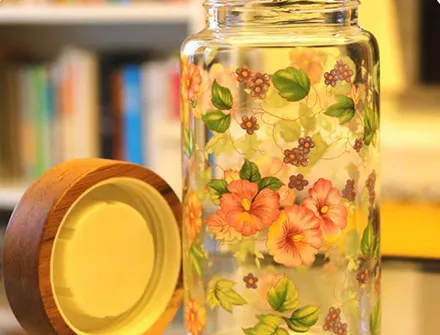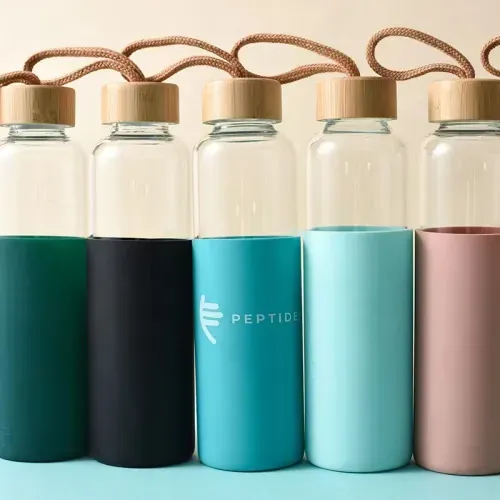Background and overview
Globally, Iron Oxide is the second largest inorganic pigment after Titanium Dioxide and the first largest color inorganic pigment. Iron oxide pigments mainly include iron oxide red, yellow, black and brown with iron oxide as the basic material. Iron oxide yellow, also known as hydroxyl iron oxide (FeOOH), will be dehydrated and decomposed into red at about 177 ℃, so the application of ordinary iron yellow pigment in high-temperature occasions such as plastic processing and baking coatings is limited. Iron oxide yellow pigment can improve its temperature resistance through surface coating, so as to expand the application field of iron oxide yellow pigment.
The chemical formula of iron oxide yellow (also known as hydroxyl iron) is α- Fe2O3 · H2O or α- FeOOH, with needle like structure and yellow powder, is a kind of particle size less than 0.1 μ m. Iron series pigment with good dispersibility in transparent medium has strong coloring power, high covering power, insoluble in alkali and slightly soluble in ACID. Synthetic iron oxide yellow has the characteristics of light resistance, good dispersion, non-toxic, tasteless and difficult to be absorbed by human body. It is widely used in coatings, plastics, ink and pharmaceutical industry.
Physical and chemical properties and structure
1. Iron oxide yellow pigment has acid and alkali resistance, resistance to general weak and dilute acids, and is very stable in alkaline solution of any concentration.
2. Iron oxide yellow pigment has certain light resistance, heat resistance and weather resistance. Its coating color is durable and can keep the coating from being damaged in light. Iron oxide yellow pigment is stable in a certain temperature range, but beyond the limit temperature, its color begins to change, and the degree of change is more significant with the increase of temperature. Iron oxide yellow pigment is not affected by cold, heat, dry and wet weather conditions.
3. Iron oxide yellow pigment is very stable in any ambient atmosphere (such as gases containing H 2S, Co, so 2, HCl, no, etc.). And resistant to pollution, water, oil and solvent penetration, insoluble in water, mineral oil or vegetable oil.
4. Iron oxide yellow pigment has strong coloring power and high hiding power. With the decrease of pigment particle size, its coloring power is stronger.
application
Nano iron oxide yellow has the characteristics of acid resistance, alkali resistance, non toxicity and low price. It is widely used in coatings, plastics and rubber. The particle size of nano iron yellow is less than 100 nm, which makes it have some unique characteristics. When light shines on its surface, transmission and diffraction will occur, showing transparent yellow, and can strongly absorb ultraviolet rays, Therefore, it can be used as a functional pigment for the surface paint of high-grade cars, precision instruments, bicycles, motorcycles, cosmetics, food, drugs and other coloring additives.
 Home
Home







 Moreover, it contributes to the gloves' opacity, preventing see-through and providing additional comfort and confidence to the wearer Moreover, it contributes to the gloves' opacity, preventing see-through and providing additional comfort and confidence to the wearer
Moreover, it contributes to the gloves' opacity, preventing see-through and providing additional comfort and confidence to the wearer Moreover, it contributes to the gloves' opacity, preventing see-through and providing additional comfort and confidence to the wearer


